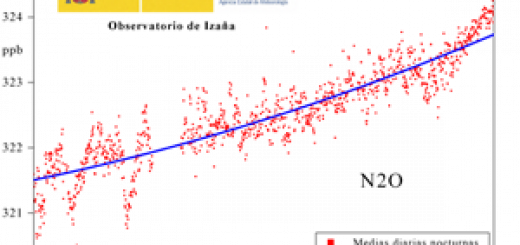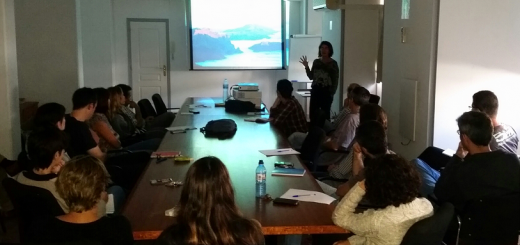CALIMA campaign in the Izaña Observatory
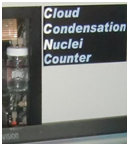
The CALIMA campaign was carried out in August 2013 at the Izaña Observatory. The objective of the CALIMA (Cloud, Aerosols and Ice Measurements in the Saharan Air Layer) campaign was to study the ability of Saharan dust particles to act as nuclei for ice and cloud droplets. The number and type of aerosol particles on which cloud droplets and ice crystals form influence the microphysical and radiative properties of clouds. Although it is known that mineral dust particles are effective ice nuclei, the understanding of the ice nucleation and water nucleation properties of atmospheric dusts and the influence of atmospheric processes on these properties are still limited. In turn, aerosol-cloud interactions still remain one of the least understood processes in atmospheric science. Much of what we know is based on laboratory measurements, however field measurements are relatively scarce, explicitly close to source regions of atmospheric dust aerosols. The CALIMA campaign aimed to quantify the ability of Saharan dust to act as Ice Nuclei (IN) and as Cloud Condensation Nuclei (CCN) and to assess how the chemical composition of dust, the degree of mixing with pollutants and the particle size influence on the ice and cloud formation.
During CALIMA, IN, CCN and physical and chemical properties of dust and of the other aerosols present in the Saharan Air Layer were measured:
• Ice nuclei concentration and activation parameters (measured with the Portable Ice Nucleation Chamber – PINC)
• Cloud condensation nuclei concentration and activation parameters (measured with a CCN Counter)
• Chemical composition, size distribution and mixing state of single particles (measured with the ALABAMA mass spectrometer)
• Size distribution 10 nm to 20 microns (measured with a SMPS and an APS)
• Total number concentration (several CPCs)
• Bulk concentrations of suspended particles (TSP) and of particles smaller than 10, 2.5 and 1 micron (PM10, PM2.5, PM1).
• Chemical composition of total suspended particles and of particles smaller than 10, 2.5 and 1 micron.
Includes dust, elemental composition, OC, EC, sulphate, nitrate, ammonium, trace elements.
• Optical properties: scattering and absorption.
• Collection of airborne dust particles for subsequent laboratory investigations (IN-, CCN-activity, chemical composition)
In the CALIMA project scientists of (a) the Institute for Atmospheric and Climate Science of Zürich (ETH – http://www.iac.ethz.ch/; Switzerland), (b) the Max Planck Institute for Chemistry, Mainz, Germany (MPI-C – http://www.mpic.de/en/research/particle-chemistry/group-schneider.html), the (c) Izaña Atmospheric Research Centre, and (d) the Research Council of Spain (CSIC) are involved.
Part of the measurements was performed within the frame of the project POLLINDUST (CGL2011-26259), supported by the Ministry of Economy and Competitiveness of Spain. The measurements of MPI-C were supported by the German Science Foundation (DFG), within the project INUIT (FOR 1525).

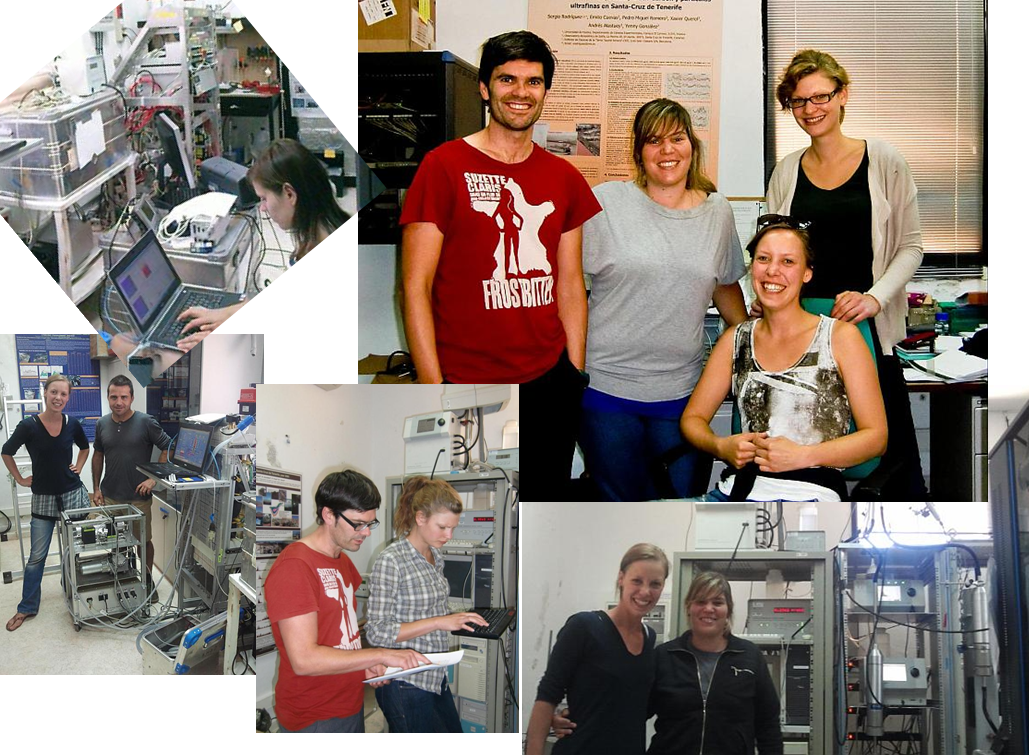
Scientific staff who participated in the campaign : Yvonne Boose 1, Larissa Lacher 1, Susan Schmidt 2, Berko Sierau 1, Isabel García 3,Sergio Rodríguez3.
(1) Institute for Atmospheric and Climate Science of Zürich (ETH); (2) Max Planck Institute for Chemistry (MPI-C); (3) Izaña Atmospheric Research Centre (IARC).
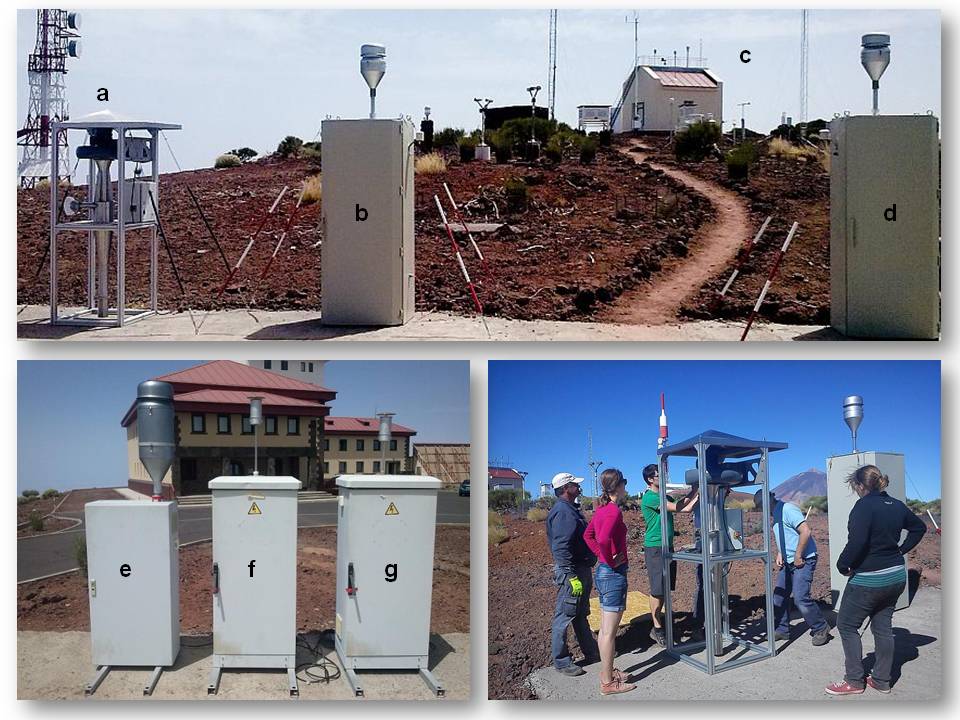
(a) Cyclon (collection of airborne dust particles for subsequent laboratory investigations); (b, d, e) High Volume Samplers (HVS); (c) Particles Laboratory (PARTILAB), where the instruments used for performing the in-situ aerosol measurements are placed; (f, g) Low Volume Samplers (LVS).
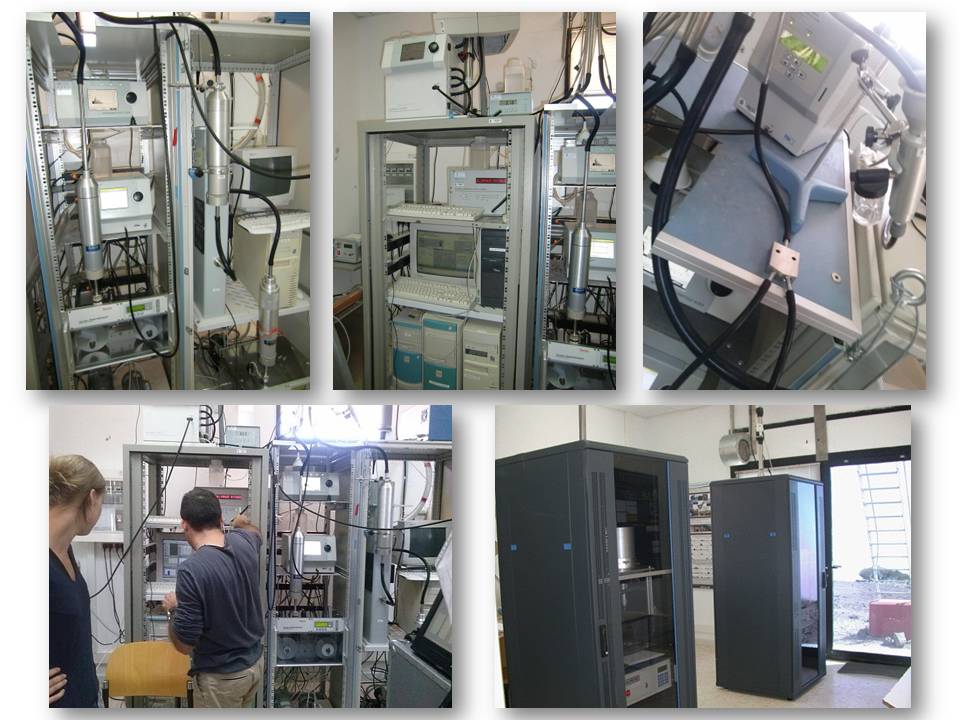
Instruments used for performing the in-situ aerosol measurements (IARC)
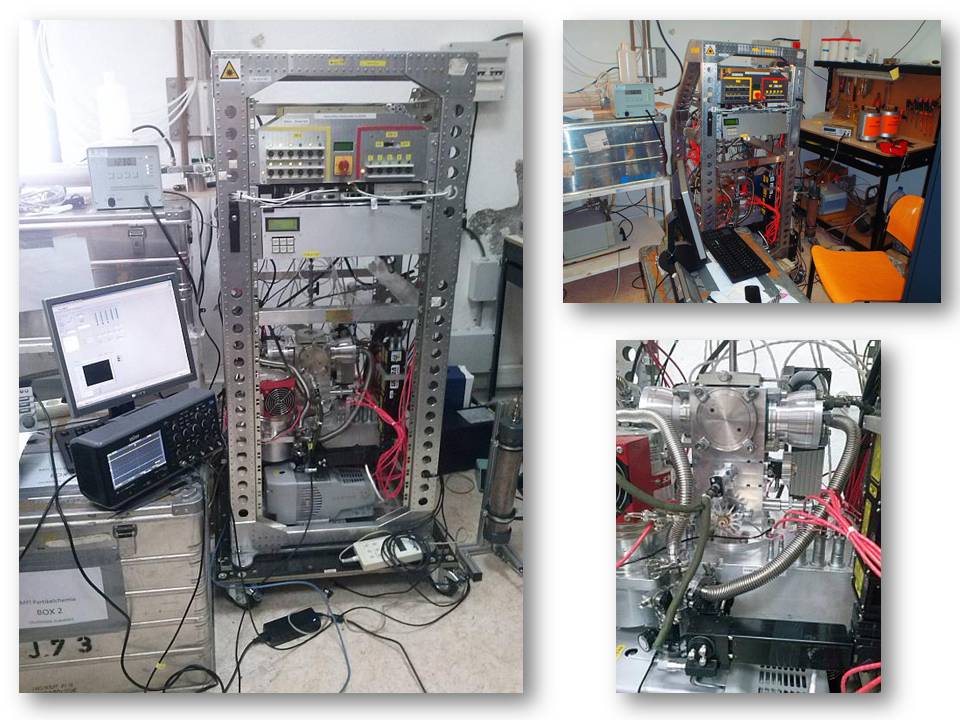
Aircraft-Based Laser Ablation Aerosol Mass Spectrometer (ALABAMA).
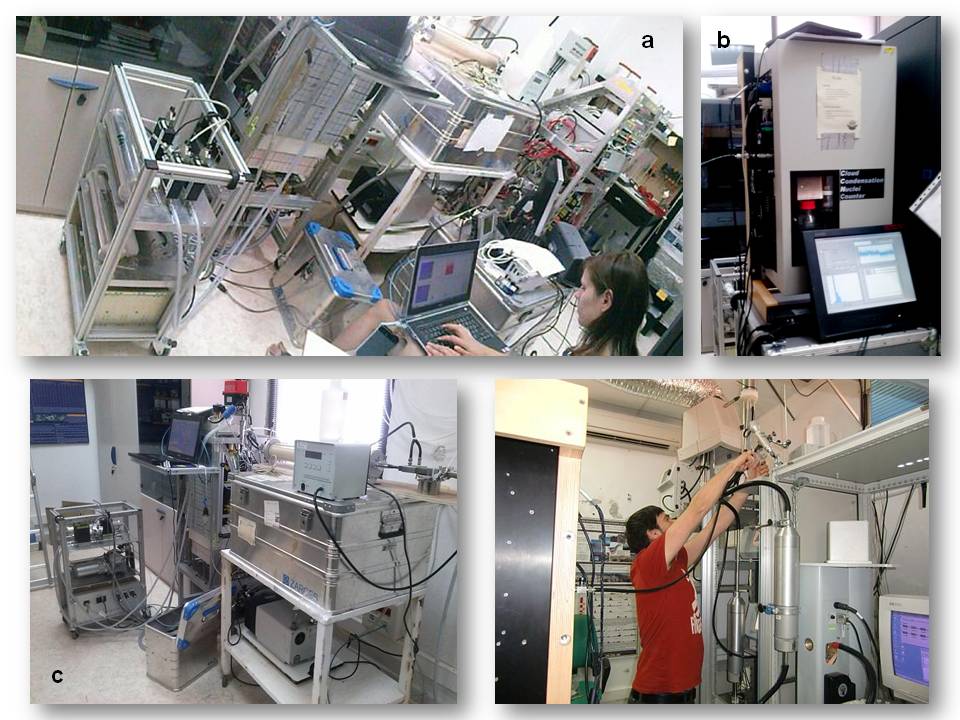
(a) General view of the PINC and ALABAMA inside the PARTILAB; (b) Cloud Condensation Nuclei Counter (CCNC); (c) Portable Ice Nucleation Chamber (PINC).

